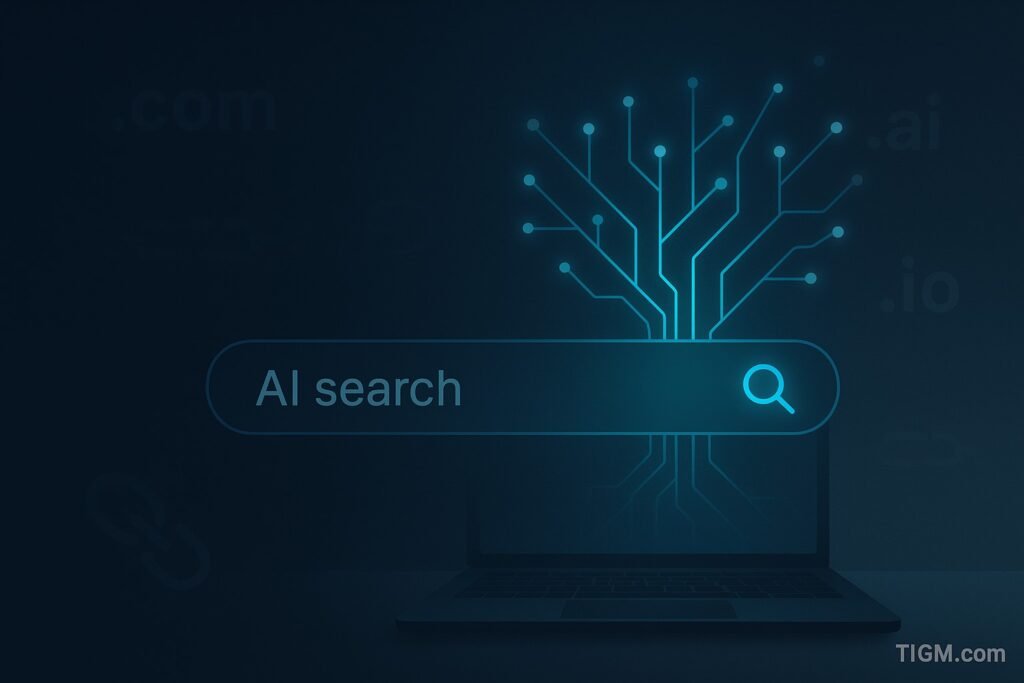The domain industry might be staring down its biggest structural shift since Google’s 2012 Exact Match Domain (EMD) update gutted the SEO value of keyword-stuffed domains overnight. This time, the disruption isn’t coming from an algorithm tweak—it’s coming from AI search engines that are fundamentally changing how people find information online, and by extension, how much traffic a domain name can pull on its own.
The EMD crash was brutal but predictable. Google decided that owning BestChicagoPlumber.com shouldn’t automatically rank you above actual plumbers with real businesses and content. The algorithm update tanked the resale value of hyper-specific keyword domains, wiped out entire portfolios built on SEO arbitrage, and forced the industry to recalibrate around brandability, memorability, and actual business use rather than pure search rankings. Domains that survived were the ones that worked as brands, not just keyword strings.
AI search—driven by tools like ChatGPT, Perplexity, Google’s AI Overviews, and Bing’s AI-powered results—poses a different but equally existential question: if users can get direct answers without clicking through to websites, what happens to the traffic that domains used to capture? Traditional search sent users to URLs. AI search synthesizes information and delivers answers inline, often without ever showing a link. For domain owners banking on type-in traffic, organic search visibility, or SEO-driven monetization, that’s a problem.
The implications ripple across the entire domain market. Exact-match category domains like Insurance.com or Loans.com have historically commanded massive premiums because they pull type-in traffic and rank well for high-intent searches. But if AI search tools start answering “what’s the best insurance” without sending users to Insurance.com, the traffic proposition weakens, and with it, the valuation logic. Portfolio owners holding hundreds of keyword domains built for search traffic could see the same kind of value erosion that hit EMD portfolios a decade ago.
Worth watching is whether brandable, short, and memorable domains hold up better than keyword-heavy inventory as AI search adoption grows. Brands still need domains for credibility, email, marketing, and direct navigation—those use cases don’t disappear just because AI can answer questions. But generic keyword domains that relied on search traffic as their primary value driver are suddenly looking a lot more vulnerable. The other angle is how quickly AI search actually displaces traditional search behavior—if adoption is slow, the industry has time to adapt. If it’s fast, we’re looking at a rapid repricing of domain inventory across the board.
For domain investors, the takeaway is familiar but urgent: own domains that work as brands, not just as SEO plays. The EMD crash taught the market that Google’s algorithm can change overnight. AI search is teaching the same lesson on a bigger scale—traffic models that seem stable today can evaporate faster than the industry expects, and the domains that survive are the ones that have value independent of search engine mechanics.
